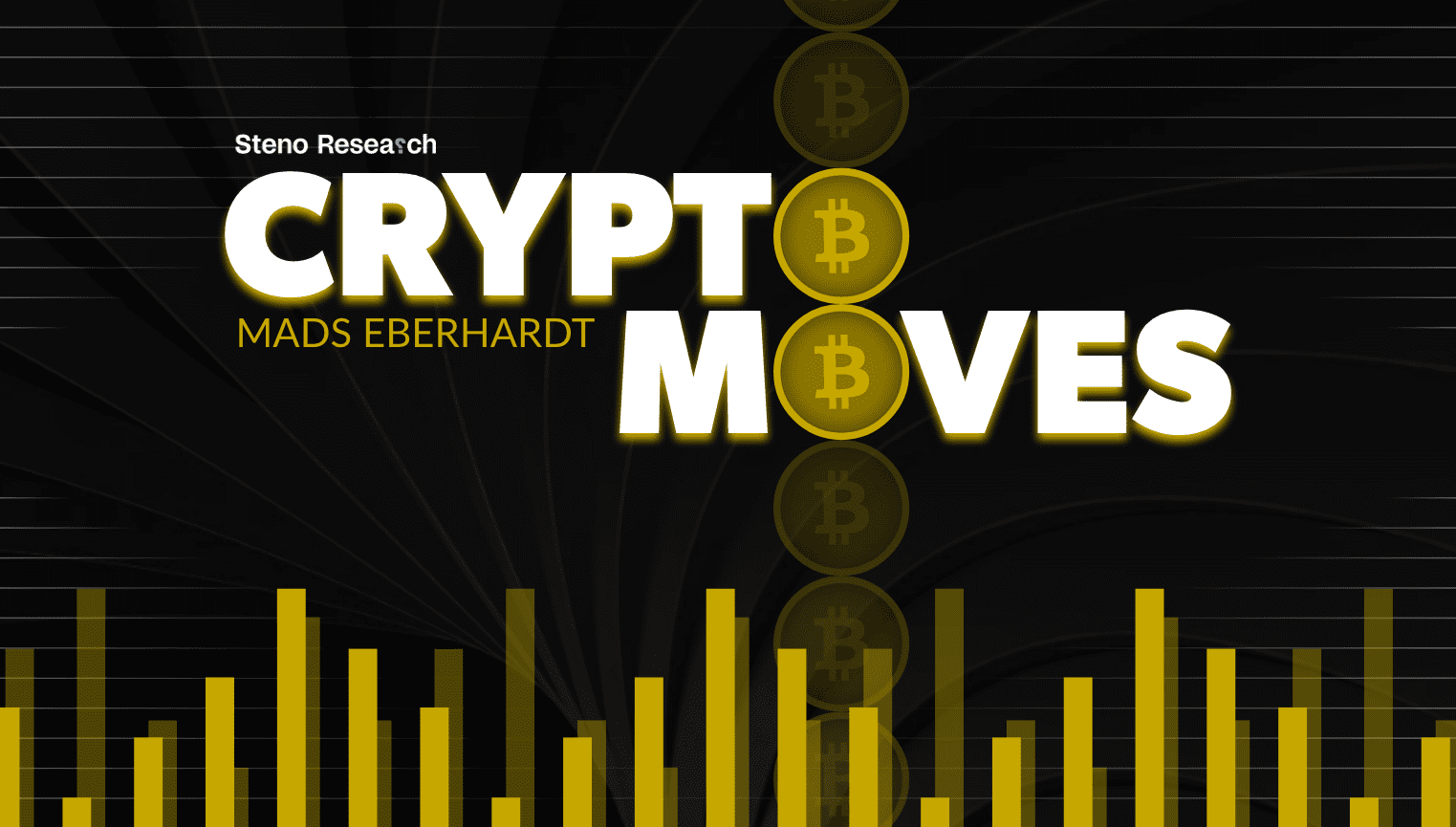Crypto Moves #16 – Why We Are Long Ethereum Layer 2s

In the short to medium term, Ethereum is mainly depending on what is known as off-chain scaling to significantly expand its blockchain’s capacity beyond its current limit of roughly 15 transactions per second. This strategy sets Ethereum apart from other blockchains like Solana, which primarily concentrate on scaling directly on the blockchain itself, also known as on-chain scaling.
Ethereum’s method involves using something called Layer 2s, or rollups. By choosing off-chain scaling, the Ethereum community aims to retain the network’s decentralization and security.
What are Layer 2s?
Before we delve into why we are bullish on various Layer 2 tokens in our crypto portfolio, and particularly the effects of Ethereum’s choice to prioritize this scalability strategy, let us first clarify what Layer 2s actually are. If you are already familiar with rollups, you might want to skip this part.
Layer 2s significantly enhance scalability by processing transactions away from the main Ethereum blockchain. They group these transactions into batches, which are then treated as regular transactions on Ethereum. Although these batches require more gas than typical Ethereum transactions, each batch represents hundreds of transactions from the Layer 2 network.
This enables transactions on a Layer 2 to be 10 to 100 times less expensive than standard transactions on Ethereum. By executing these batches as transactions on Ethereum, rollups currently benefit from partial decentralization and security features of Ethereum, with the expectation that they will fully inherit these qualities in the future.
In the current Ethereum landscape, rollups come in two primary types: optimistic and zero-knowledge (zk) rollups. The key distinction between them lies in how they confirm transaction validity, and how seamlessly they integrate with Ethereum’s computing engine, known as the Ethereum Virtual Machine (EVM). For smart contracts to operate on the Ethereum blockchain, allowing decentralized applications to run, they need to be EVM-compatible. This means they must be written in a programming language that compiles down to EVM bytecode, such as Solidity. This compatibility is crucial for ensuring that contracts are executed as intended by the EVM.
Optimistic rollups operate under the principle that all transactions are presumed valid until challenged. If someone disputes a transaction, they can submit a fraud proof, and the transaction is reversed only if the fraud is confirmed. This approach involves a challenge period, often seven days, before transactions are fully completed, to allow time for potential fraud proofs. During this period, users cannot withdraw their funds back to Ethereum or move them to other Layer 2 solutions, although deposits into optimistic rollups are almost instant.
Optimistic rollups are relatively straightforward and have a high level of compatibility with the Ethereum Virtual Machine (EVM), making it easier for existing Ethereum mainnet protocols to be deployed on them. This compatibility is why many Ethereum protocols, such as Uniswap and OpenSea, have expanded to various optimistic rollups.
On the other hand, zk rollups utilize cryptographic proofs, called zero-knowledge proofs, to validate transactions off-chain. These proofs ensure the validity of transactions without disclosing their details. Once a proof is produced and broadcasted to Ethereum, the transactions are deemed complete. This process allows for instant finality, eliminating the need for a challenge period and enabling quicker and more efficient withdrawals than with optimistic rollups.
Posting proofs on Ethereum tends to be less expensive for zk rollups compared to the larger batches required by optimistic rollups. However, creating these zero-knowledge proofs incurs a higher computational cost, which is gradually decreasing as the technology advances.
zk rollups, being more technologically advanced, face more challenges integrating smoothly with the EVM. This has somewhat limited their adoption compared to optimistic rollups, primarily due to the difficulties developers encounter in deploying applications on them. However, this hurdle is being overcome with the introduction of zkEVM-compatible rollups, such as Polygon’s zkEVM and zkSync Era, which promise easier integration with Ethereum’s EVM.
We generally consider zk rollups to be superior to optimistic rollups, particularly as the cost of generating zero-knowledge proofs is expected to decrease significantly. In fact, we foresee a shift towards zk rollups, including zkEVM rollups, in the foreseeable future. Nevertheless, optimistic rollups still have a role to play and could potentially adopt zero-knowledge models down the line. One of the leading optimistic rollups, Optimism, has even hinted at such a transition.
Taps into Ethereum’s network effect
It is remarkable to consider the relative novelty of rollup technology.
We are incredibly optimistic about the Ethereum Layer 2 space. We are backing this conviction up with a selection of rollup tokens in our portfolio. It appears the wider market has not yet caught on to the fact that rollups could soon render almost all other Layer 1 cryptocurrencies redundant, largely thanks to leveraging Ethereum’s unmatched network effect. These tokens also stand out as some of the rare cryptocurrencies that could genuinely become yield-generating in the not-so-distant future.


0 Comments